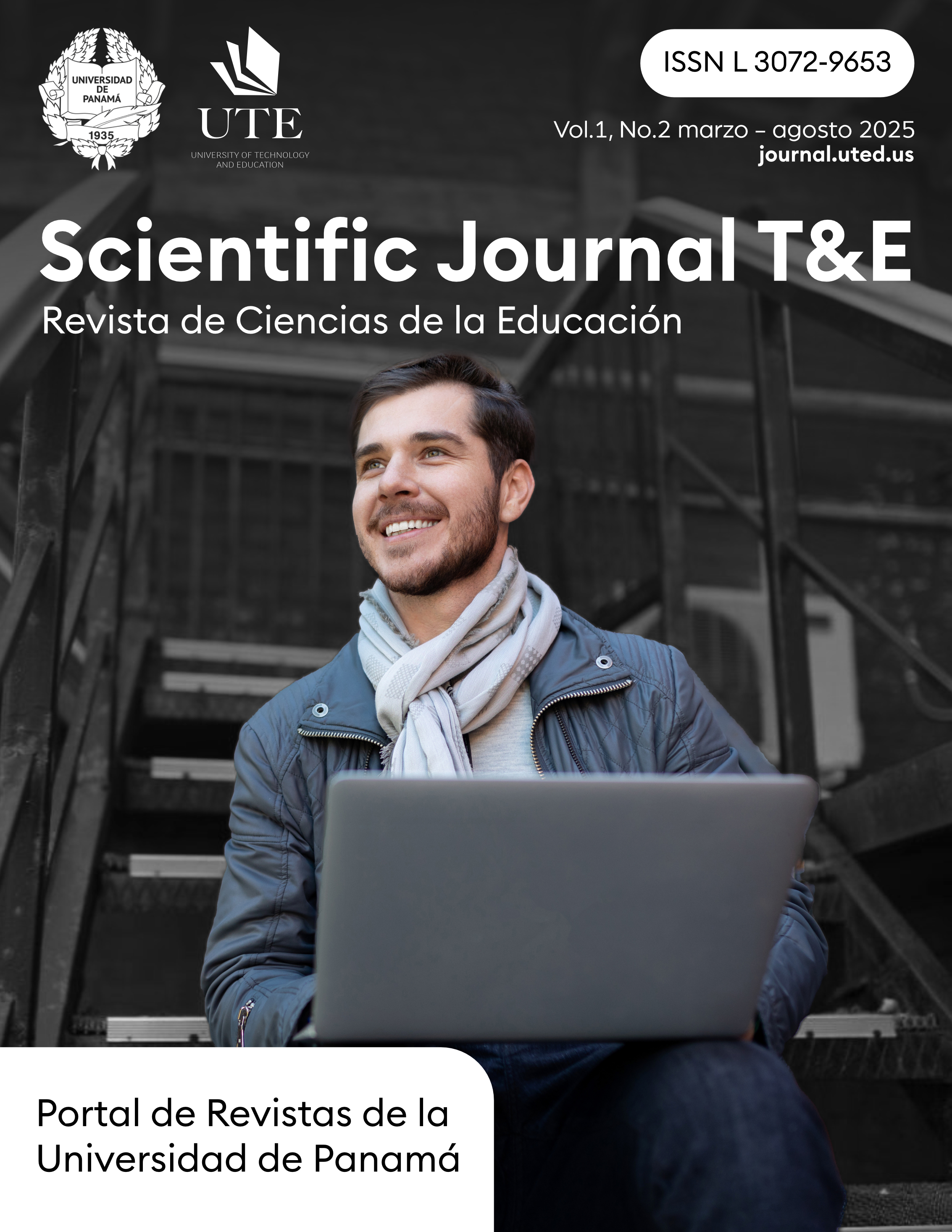

Copyright (c) 2025 Scientific Journal T&E

This work is licensed under a Creative Commons Attribution-NonCommercial-ShareAlike 4.0 International License.
The Flipped Classroom methodology represents a pedagogical innovation that transforms the teaching-learning process by inverting the traditional structure of the class, allowing students to acquire theoretical knowledge autonomously through digital resources, such as videos and readings, before reaching the classroom. In this way, class time is dedicated to practical activities, discussions, and problem-solving, promoting more active and collaborative learning. The objective of this article is to present theoretical elements related to the Flipped Classroom methodology in terms of its conceptualization, educational innovation and its importance in rural and urban classrooms, improvement of the academic performance of students and these as protagonist agents in the learning process from the perspective of the document review method. It is concluded that, by integrating digital technologies, educational experience is enriched, and critical skills are developed, such as critical thinking and problem solving.